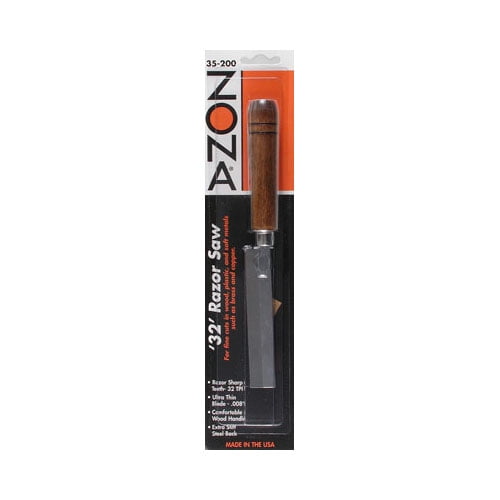

The product’s molecules bind to the rust particles, making it easier to wipe away rust without damaging surrounding materials. Newer rust removers are nontoxic, acid-free, and eco-friendly, relying on a process of chemical chelation.
#NAVAL JELLY RUST REMOVER FULL#
You can expect to wait up to 24 hours for these products to take full effect.

Note that pressurized gases are flammable and may have respiratory risks. While not as corrosive or toxic as acids, these products often use pressurized gases for dispersal. Petroleum-based solvents are found in products like WD-40. Expect rust stains to fade within 5 to 30 minutes after application. In home cleaning products, sodium hydrosulfite eliminates the need for scrubbing away stains and can be used in bathrooms, toilets, kitchens, and washing machines. General Services Administration also shows its power to remove rust stains from concrete, limestone, and marble. This salt compound is effective in removing rust stains from fabric. Sodium hydrosulfite is an active ingredient often found in powdered rust removers.
#NAVAL JELLY RUST REMOVER PLUS#
On the plus side, naval jelly gets rid of rust buildup in about 5 to 10 minutes, and any excess product can be removed and the area cleaned with water. Naval jelly, a phosphoric-acid-based, caustic rust remover, is suited for heavily rusted iron or steel but should not be used on delicate materials like fabrics or on aluminum, chrome, stainless steel, cement, fiberglass, marble, plastics, or painted surfaces (it will remove paint).

Though effective and fast, usually working within minutes of application, acids emit harsh chemical fumes, so you must use them in an outdoor or well-ventilated space and wear protective gear (goggles, face mask or respirator, and rubber gloves).Īcids also incur the risk of surface damage due to corrosiveness. The typical percentage of acid in a rust remover is about 30 percent-the maximum amount that can dissolve in water and serve as a cleaning agent. This category includes nitric acid, acetic acid (white vinegar), phosphoric acid, hydrochloric acid, sulfuric acid, muriatic acid, oxalic acid, and citric acid. Here are the major types of rust removers and general guidelines for using them. The most common methods involve commercial-grade chemicals that eat away at rust buildup and stains, like acids and petroleum-based solvents. The best way to remove rust will vary depending on the type of material you’re working with, but if you start with the correct type of rust remover, you’re bound to get great results. Rust removers aren’t good for delicates like wool or silk, but for most other surfaces, you’ll find your solution below. Rust stains are difficult to remove because of their bright color and stubborn resistance to typical cleaners like bleach and soap, which is why we’ve rounded up our top picks for the best rust removers on the market. When iron molecules are oxidized, they form an orangey-red residue (rust) on any surface containing-or in contact with-iron, including clothes, tools, household faucets, shower caddies, and the chrome fixtures on cars and bicycles.

Basically, iron corrodes when it is exposed to oxygen and moisture (water or humidity), the technical term for the process being oxidation. 8 ounce container.Photo: Before You Buy Rust Removerīefore attempting the chemical process of rust removal, it helps to understand just what rust is in the first place. Not recommended for use on stainless steel, aluminum, chrome, painted surfaces, plastics, marble, cement, or fiberglass.


 0 kommentar(er)
0 kommentar(er)
